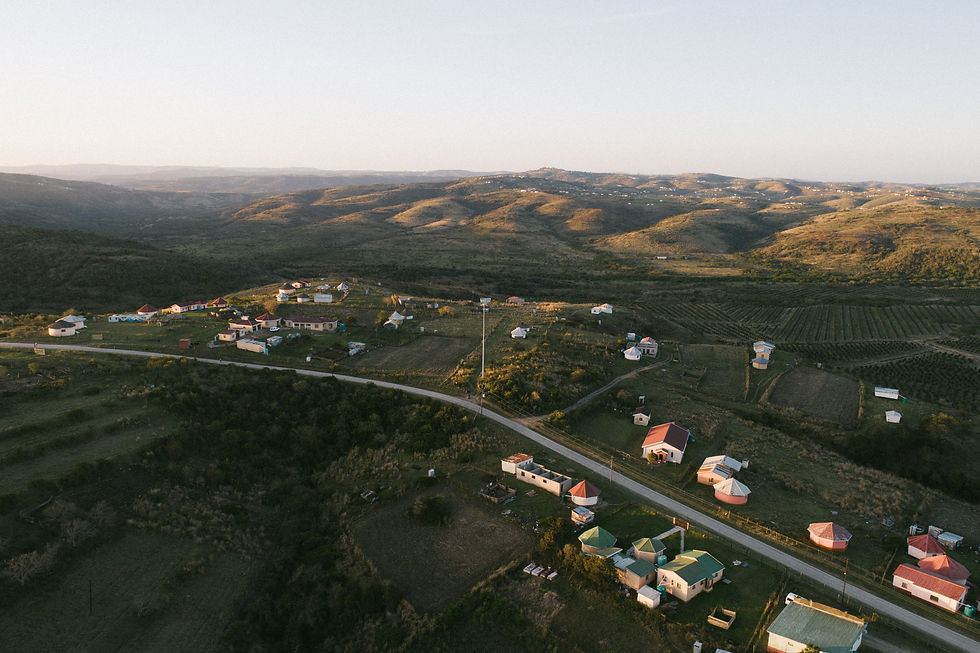PUBLIC SCHOOL PARTNERSHIPS: A MODEL OF RURAL POSSIBILITY
- Axium Education

- Dec 9, 2021
- 3 min read
As 2021 comes to a close, we have come to the end of the fourth and final year of the Public School Partnerships (PSP) project. The plans to launch this initiative in the Eastern Cape began six year prior when Chief Dumalisile learned about the PSP project happening in other parts of the country. He engaged with stakeholders to bring it to Amajinqgi in his pursuit of quality education to unlock the potential for children in his community. It was his hope that this PSP project would build his community’s capacity to join him in realising a long-term vision for developing his community as a model of rural possibility.

Seeing the problem of a rural education system still dangerously lagging behind its urban counterparts, the Chief started searching for solutions. It was in making contact with the DG Murray Trust (DGMT) that this particular initiative started to take shape in the Eastern Cape. He set about mobilizing the ECDoE, together with DGMT who mobilised the PSP funder group. Axium Education applied to be the School Operating Partner, to provide the three “pillars” of PSP (increased accountability, flexibility and capability) at eight schools in the Amajingqi area.
Four years later, after deep organisational learning, expansion of capacity, improved school infrastructure and significant investment from our development partners, we have a clearer sense of what we believe the requirements are for successful Public School Partnerships in the Eastern Cape: strong partnerships, strong programmes and strong people.
When we have managed to align these three requirements, we have seen rural learners improving each year and outperforming comparison groups. Our grade 3 Early Grade Reading Assessment results have demonstrated year on year growth in home language (isiXhosa) reading, with the percentage of “on track” learners improving from 25% to 40% over three years, significantly outperforming national comparison groups. In the absence of one or the other of these three requirements, we have still seen successes, such as the dropout rate from grade 10 to grade 12 decreasing from 61% to 24% and the percentage of grade 12 learners who enter tertiary study the following year increasing from 4.3% to 37%; however, we have also learnt the limits to which our programmes are effective without strong partnerships with schools and without strong people facilitating them.
While we have demonstrated that it is possible, in a deep rural context, to create success for students when strong partnerships, people and programmes align, there is still a great deal of work to create the systemic conditions for success and to prove that this is possible for all students, in all grades. We are excited to share that the pilot project has been extended for another 4 years which means we have the opportunity to build on these successes by continuing our work in the existing schools in Amajingqi as well as through a network of new schools in Zithulele over the coming years.
In one of the early conversations about the PSP initiative, Chief Dumalisile said, “We know where we are going, where we come from, where we are now. We know the hurdles we have to jump through as we move on, but we are determined, we will make it.” These words rang true in 2018, and still they hold a truth for this next chapter of the Public Schools Partnership. As we prepare for future hurdles, most of all, we’re excited at the prospect of making rural schools places of possibility and in doing so, bringing tangible improvement, opportunity and hope to some of the hardest to reach students in the country.





Opmerkingen